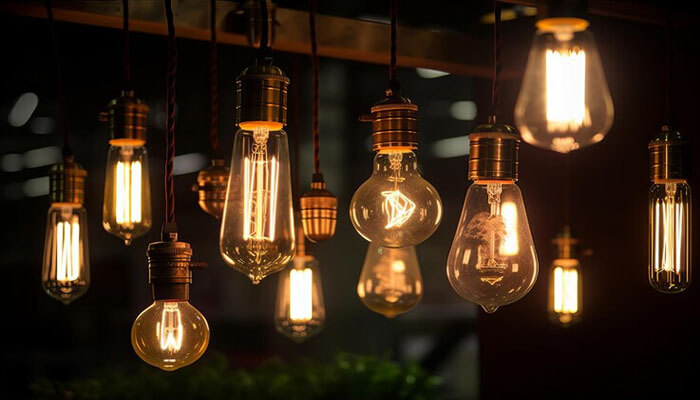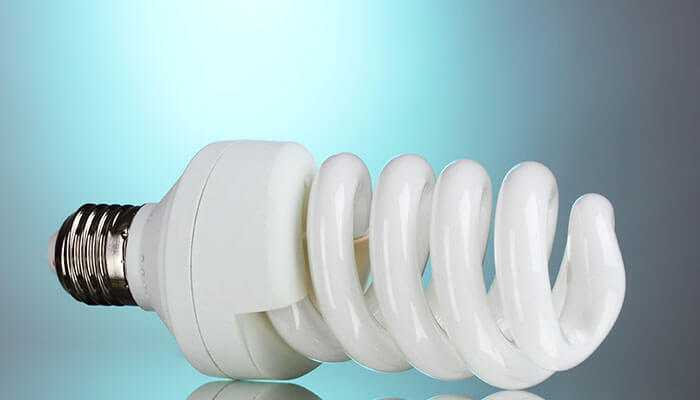In industrial track lighting, the choice of lighting affects both efficiency and costs, as well as environmental impact. Industrial spaces need tough lighting that can handle harsh conditions while staying bright and long-lasting. Picking the right type of bulb is vital for proper lighting, avoiding problems, and extending the system’s lifespan. In recent years, there’s been a shift towards energy-efficient and tech-driven solutions, making it important to understand the options available.
Investigating the huge variety of bulbs OTP provides some insight into their features and application possibilities. These include incandescent lights with a warm glow; halogen lights with brighter clarity; fluorescent tubes with energy efficiency and LED options with advanced efficient systems. All these options too have some advantages and limitations. For example, by understanding these differences and key attributes related to bulb selection, one will be in a better position to make informed choices while selecting appropriate industrial track lighting solutions.
Incandescent Bulbs: A Traditional Choice
Incandescent bulbs, often chosen for their warm and familiar glow, have been a popular option for lighting. They produce a pleasing, natural light and are commonly used in industrial track lighting setups where a cozy atmosphere is needed at a lower upfront cost. However, compared to modern options like LEDs and fluorescents, incandescent bulbs are less efficient, use more energy, and have a shorter lifespan.
Despite this, they remain a good choice for industries focused on creating a specific ambiance without long operating hours. Their ease of use and availability keep them in demand, but their higher energy consumption is leading to a gradual shift toward more sustainable alternatives.
Halogen Bulbs: Improved Brightness and Focus
Halogen bulbs are important in industrial track lighting because they provide bright, focused light, making them ideal for areas where high visibility and detail are needed. Unlike regular incandescent bulbs, halogen bulbs use a small amount of halogen gas to work at higher temperatures, producing a brighter, whiter light similar to daylight. This is helpful in places like workshops or quality control areas that need accurate color and clear visibility.
Halogen bulbs have a filament inside a small bulb, which lasts longer and offers more focused lighting with less scattered light. However, they produce more heat and use more energy than modern LEDs, which might be a concern in energy-conscious environments. Still, for tasks that require bright, precise light, halogen bulbs are a strong option.
Fluorescent Bulbs: Energy Efficiency and Longevity
Fluorescent bulbs are highly beneficial in industrial settings because they are energy-efficient and last longer. Compared to incandescent or halogen bulbs, they use much less energy, leading to lower electricity bills—a major plus for cost-conscious industries. Their efficiency comes from a chemical reaction that produces light without needing heated filaments, so less energy is wasted as heat. This makes them great for spaces that need constant lighting. They also last longer, reducing how often they need to be replaced, which cuts down on labor costs.
Industries focused on long-term sustainability often choose fluorescents because they are durable and cost-effective. Recent improvements in technology have improved their color quality and lowered mercury content, although some environmental concerns remain. With their long lifespan, they also reduce maintenance, minimizing downtime and keeping production running smoothly.
LED Bulbs: Cutting-Edge Technology for Modern Industrial Needs
LED bulbs, a standout in modern lighting, have revolutionized industrial track lighting with their impressive features. They use much less energy than traditional lights, leading to big savings on energy costs over time. Their long lifespan means fewer replacements and less maintenance, which is essential in large industrial spaces. LED bulbs are durable and reliable, even in environments with vibrations or changing conditions.
While they may cost more upfront, the savings in energy and maintenance make them a smart investment. LEDs also offer high-quality light with adjustable color options to fit specific industrial needs, improving worker performance and safety. Additionally, they are eco-friendly, emitting less heat and containing no harmful materials.
Considerations for Choosing the Right Bulb Type
When choosing the right bulb for industrial track lighting, several important factors should be considered to meet both current needs and future demands. Brightness is vital—it should be bright enough to boost productivity but not so intense that it causes discomfort. Durability is also key, as industrial settings often have harsh conditions like dust, vibrations, and temperature changes that the lighting must withstand.
The short-term expenses such as installation costs must be balanced with the increased savings anticipated due to the use of energy-efficient and longer-term options. Other than that, environmental concerns exist as well, such as which industries are more desirable to make use of bulbs that emit less energy, such as LED. With all these considerations, it is possible to come up with the right lighting scheme that deals with current requirements and at the same time takes care of the budgetary and the ecological requirements as well.
Selecting the right bulb for industrial track lighting is essential for optimizing both performance and sustainability. Whether choosing incandescent for ambiance, halogen for precision, fluorescent for energy efficiency, or LED for cutting-edge technology, each option has unique benefits suited to specific tasks and environments. As industries shift towards more energy-efficient solutions, LEDs stand out for their long-term savings and minimal environmental impact. Understanding the strengths of each bulb type helps businesses create tailored lighting systems that enhance productivity, reduce costs, and contribute to a safer, more sustainable workplace.



